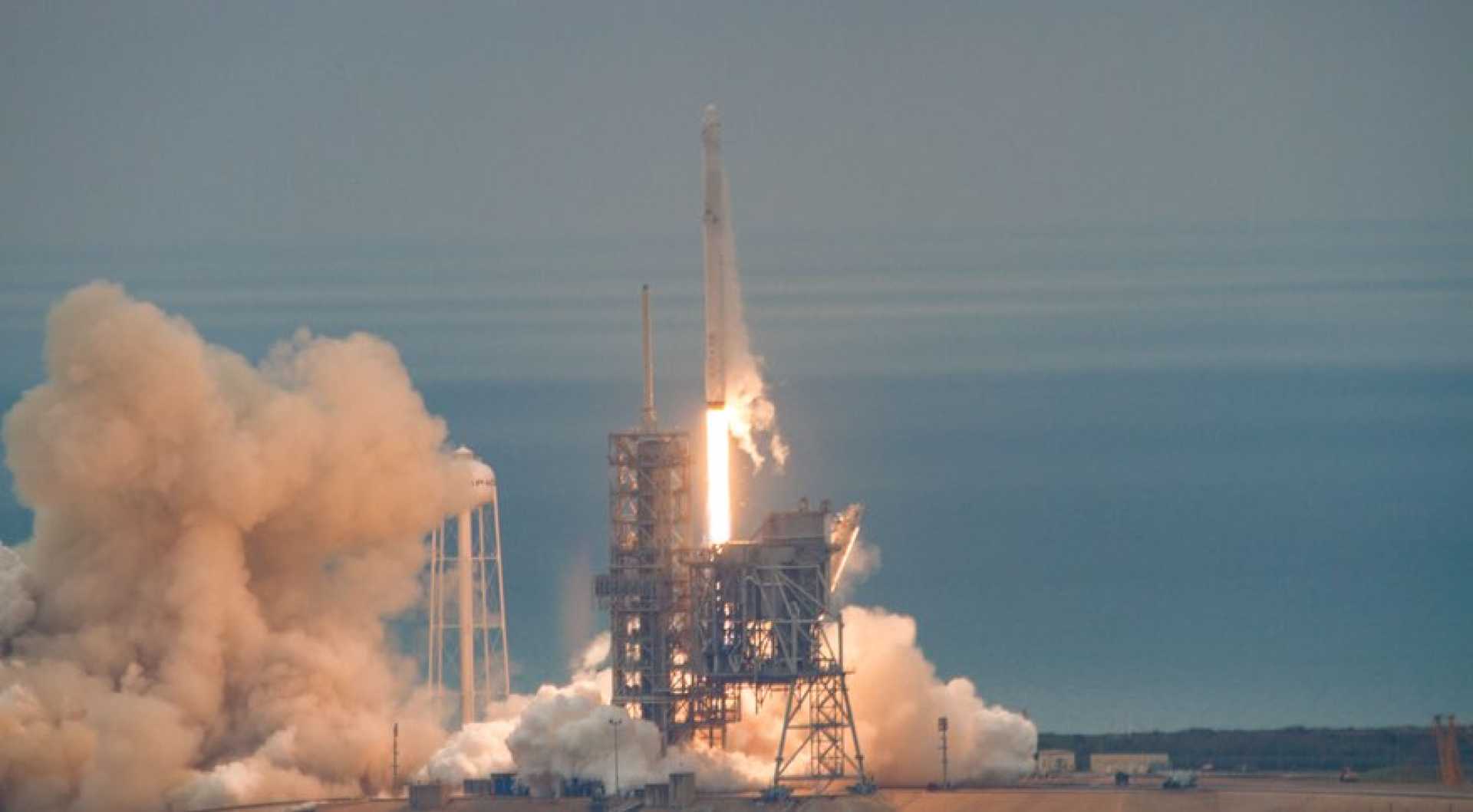News
SpaceX Set to Launch Critical Resupply Mission to ISS

KENNEDY SPACE CENTER, FL — SpaceX plans to launch its uncrewed Cargo Dragon spacecraft on a vital resupply mission to the International Space Station (ISS) early Monday, April 21, at 4:15 a.m. EDT. This mission, known as Commercial Resupply Services 32 (CRS-32), is particularly significant following a transportation mishap that impacted another U.S. cargo shipment earlier this year.
The Falcon 9 rocket will lift off from Launch Complex 39A with 6,700 pounds of supplies and scientific experiments on board. Approximately 9.5 minutes post-launch, the Dragon vehicle will separate from the rocket’s upper stage, and it is set to dock with the ISS at 8:20 a.m. EDT on Tuesday, April 22, managed by NASA astronaut Jonny Kim and JAXA astronaut Takuya Onishi.
This mission comes at a critical time for NASA and the ISS. Earlier in the year, plans for the Northrop Grumman Cygnus NG-22 mission were disrupted due to a damaged pressure vessel, causing delays and a reallocation of resources for the CRS-32 mission. “We did have to reshuffle a bit of the manifest,” stated Jennifer Buchli, NASA’s ISS Program Chief Scientist, during the pre-launch briefing. “However, we were able to optimize our cargo on this flight and add some more investigations back in.”
Another challenge arises as Sierra Space’s Dream Chaser, a new U.S. cargo vehicle, also faces delays, pushing its first flight to the fall. Discussions are ongoing regarding Boeing’s Starliner capsule potentially becoming a cargo-only mission, an option that reflects the evolving landscape of U.S. commercial cargo operations.
The CRS-32 mission will involve carrying various scientific inquiries, including a protein flow study from Rensselaer Polytechnic Institute aimed at understanding drug formulation, and three air quality monitors to enhance safety for astronauts during missions. These experiments are critical to improving environmental health and monitoring on the station.
Sarah Walker, SpaceX’s Director of Dragon Mission Management, emphasized the mission’s safety by introducing enhanced drogue parachutes for the Dragon’s return, which are designed to enable smoother deployment and increase reliability. “There are a lot of parallels with the technologies and the hardware needed for the eventual Deorbit Vehicle, but really it’s intended to be an augmentation or a supplemental capability to ISS,” Walker noted at the briefing.
The mission represents the fifth flight for Cargo Dragon C209 and underscores the ongoing collaboration between NASA and SpaceX. “Access to such a huge volume of flight data allows us to refine Dragon into the best possible spacecraft,” Walker added.
Following the launch, the Dragon spacecraft will remain at the ISS for about one month before its return to Earth, splashing down off the California coast. This return will support continued scientific research and critical hardware transfer back to Earth.
Launch weather officer Jimmy Taeger forecasted an impressive 95% chance of favorable conditions for launch, increasing the likelihood of a successful liftoff after a period of downtime in operations.
The CRS-32 mission holds significant implications for ongoing scientific research and operational readiness of the ISS, reinforcing the collaboration between private entities and public agencies in space exploration. With a focus on safety and efficiency, the partnership aims to elevate the United States’ capabilities in the realm of space flight and research.












